Canadian Aquaculture R&D Review 2013
Table of Contents
CIMTAN
CIMTAN: The Canadian Integrated Multi-Trophic Aquaculture Network
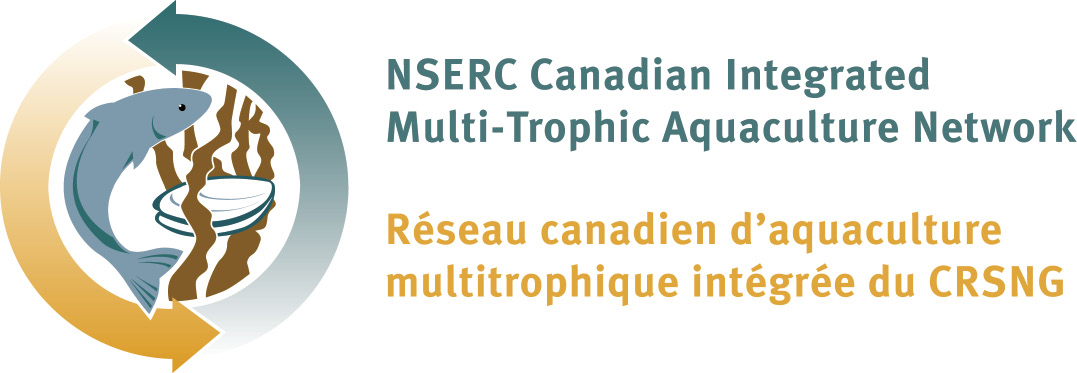
The Canadian Integrated Multi-Trophic Aquaculture Network (CIMTAN) is a NSERC strategic network that was initiated in 2010. It integrates academic knowledge and industrial know-how in a formal network that combines a strategic approach, inter-disciplinary, multi-institutional, and multi-sectoral strengths, and shared expertise to develop and advance innovative and improved environmentally-responsible aquaculture technologies and practices. The aim of CIMTAN research is to ecologically engineer systems for increased environmental sustainability (ecosystem services and green technologies for improved ecosystem health), economic stability (improved output, lower costs, product diversification, risk reduction, and job creation in coastal and rural communities), and societal acceptability (better management practices, improved regulatory governance, nutrient trading credit incentives, and appreciation of differentiated and safe products).
CIMTAN is providing inter-disciplinary research and development and highly qualified personnel (HQP) training in the following linked areas: 1) ecological design, ecosystem interactions, and biomitigative efficiency; 2) system innovation and engineering; 3) economic viability and societal acceptance; and 4) regulatory science; all of which will facilitate the commercialization of IMTA in Canada. The Network is organized into three linked Domains reflecting the four linked areas identified above: Domain 1 (environmental system performance and species interactions) is comprised of 10 projects of an environmental nature; Domain 2 (system design and engineering) is comprised of 4 projects of an engineering nature; and both are linked by the cross-cutting Domain 3 (economic analyses and social implications, with 2 projects), as biological, environmental, biotechnological, and engineering issues are always linked to economic aspects and social acceptability. Each Domain is co-led by a scientist at an academic institution and one at a DFO laboratory.
The Network consists of 27 scientists from 8 universities, 6 federal government laboratories (DFO), 1 provincial government laboratory (New Brunswick Research and Productivity Council), and 4 industrial partners: Cooke Aquaculture Inc., Kyuquot SEAfoods Ltd., Marine Harvest Canada Ltd., and Grieg Seafood BC Ltd. who joined the Network in April 2012. The Network is hosted by the University of New Brunswick in Saint John (UNBSJ). Training of HQPs is a very high priority for CIMTAN, with the training of 81 completed or in progress out of the 114 planned for the entire life of the Network: 35 summer students, 18 MSc, 2 MASc, 7 MA/MRM graduate students, 3 PhD students, 6 postdoctoral fellows, 9 technicians, and 1 research associate. There has been significant mobility of HQPs and investigators within projects and between east and west coast projects, as it is important to develop a versatile and inter-disciplinary workforce if we want the scientists, policy influencers, decision makers, regulators and industrialists of tomorrow to be innovative and build a more diversified and responsible aquaculture sector.
One of the incremental benefits of a network approach includes access to an enlarged equipment and tool inventory at academic institutions and government laboratories. Conducting experimental research on the east and west coasts in a concerted manner allows the acquisition of complementary and compatible information, hence increasing research outputs and outcomes and reducing redundancies in research efforts. Moreover, by gathering data on a wide geographical and temporal basis, with a wide range of environmental conditions, more generalized trends may be discerned, which will allow for the design of more robust systems and policies, taking into consideration both the universality of some aspects and the regional specificity of others.
At the mid-point of its tenure, CIMTAN has produced a diversified array of documents and media directed at different audiences: 22 refereed journal papers, 15 refereed conference publications, 7 book chapters, edited 1 issue of the Bulletin of the Aquaculture Association of Canada, 13 non-refereed publications, 132 abstracts, 17 lectures given at academic institutions, 1 technical report, 1 Wikipedia article, 7 YouTube videos, 15 CIMTAN Snippets newsletters, and 389 media contacts (magazine articles, newspapers/radio/TV interviews and documentaries).
The following research articles in this section describe each of the initial 14 projects of CIMTAN and two new projects, begun in September 2012:
• Evaluating the performance of proposed and existing IMTA sites using an ecosystem modeling approach;
• A variation on the IMTA theme for land-based, freshwater aquaculture operations: the development of freshwater IMTA for salmon and aquatic plants.
jan. 2010 – dec. 2014
Funded by: NSERC Strategic Network Program CO-FUNDED BY: DFO; UNB; NBRPC; Cooke Aquaculture Inc.; Kyuquot SEAfoods Ltd.; Marine Harvest Canada Ltd.; Grieg Seafood BC Ltd.
project lead: Thierry Chopin (UNBSJ)
Project team AND AFFILIATIONS: Thierry Chopin, Bruce MacDonald, Adrian Hamer, Meryl Coes (UNBSJ); Gregor Reid (UNBSJ/DFO – SABS); Shawn Robinson (DFO – SABS); Maycira Costa (UVic); Chris Pearce (DFO – PBS); Duncan Knowler (SFU); Saleem Rahman (DFO – EAS)
collaborators AND INDUSTRY PARTNERS: Fisheries and Oceans Canada; The New Brunswick Research and Productivity Council; Cooke Aquaculture Inc.; Kyuquot SEAfoods Ltd.; Marine Harvest Canada Ltd.; Grieg Seafood BC Ltd.
Contact: tchopin@unbsj.ca
www.cimtan.ca

Can filter-feeding bivalves ingest planktonic sea lice, leading to reduced sea lice numbers on cultivated salmon?
Filter-feeding shellfish suspended at salmon farms might reduce sea lice infections of the fish and the need for chemotherapeutants if bivalves consume sufficient quantities of sea lice larvae from the water column. A laboratory study, involving Basket Cockles, Pacific Oysters, Pacific Scallops, and mussels and examining the effects of temperature, presence/absence of phytoplankton, and bivalve size, clearly demonstrated that all the tested species consumed quantities of sea lice larvae under the various conditions. The live larvae were offered to the shellfish at a much greater density than might occur at a salmon farm. Of the conditions tested, only size (tested with oysters and scallops) had a significant effect on the quantity of sea lice larvae ingested; larger scallops and oysters consumed more larvae than smaller sizes of the same species. This laboratory phase of the CIMTAN project is now complete. Based on the knowledge gained, field trials have begun at a BC salmon farm where oysters and mussels have been suspended immediately beside salmon net pens to determine whether they may, indeed, act as biological controllers of larvae, reducing sea lice infections on the fish.
jan. 2010 – dec. 2014
project lead: Chris Pearce (DFO – PBS)
Project team: Stephen Cross, Janis Webb (UVic); Simon Jones (DFO – PBS); Shawn Robinson (DFO – SABS); David Stirling (VIU)
Contact: Chris.Pearce@dfo-mpo.gc.ca
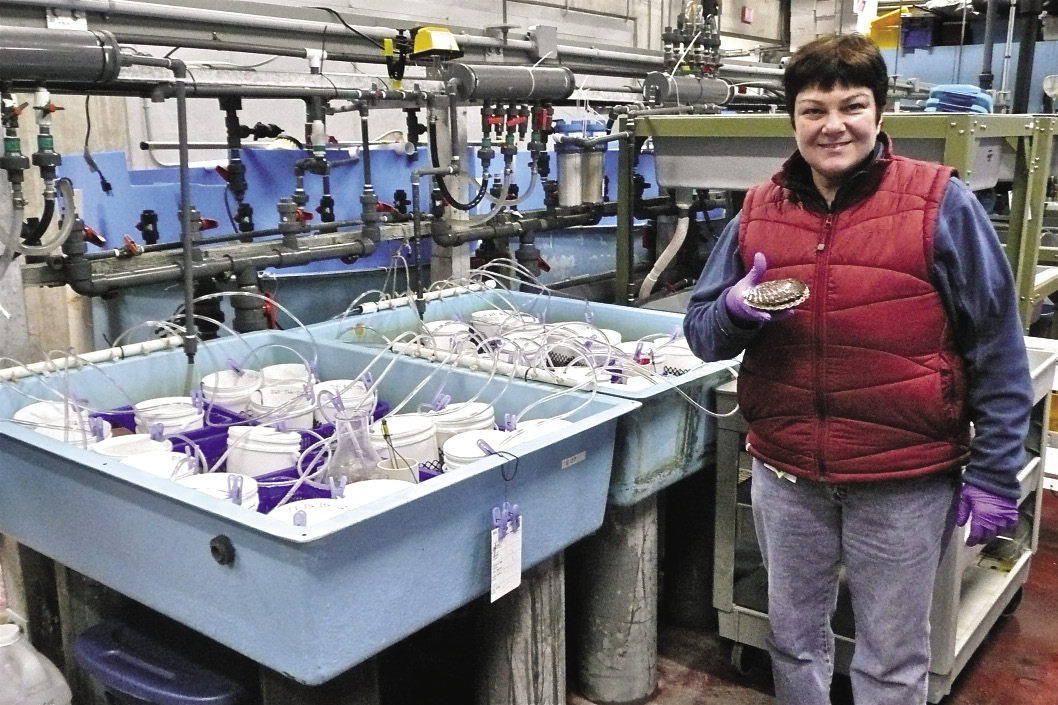
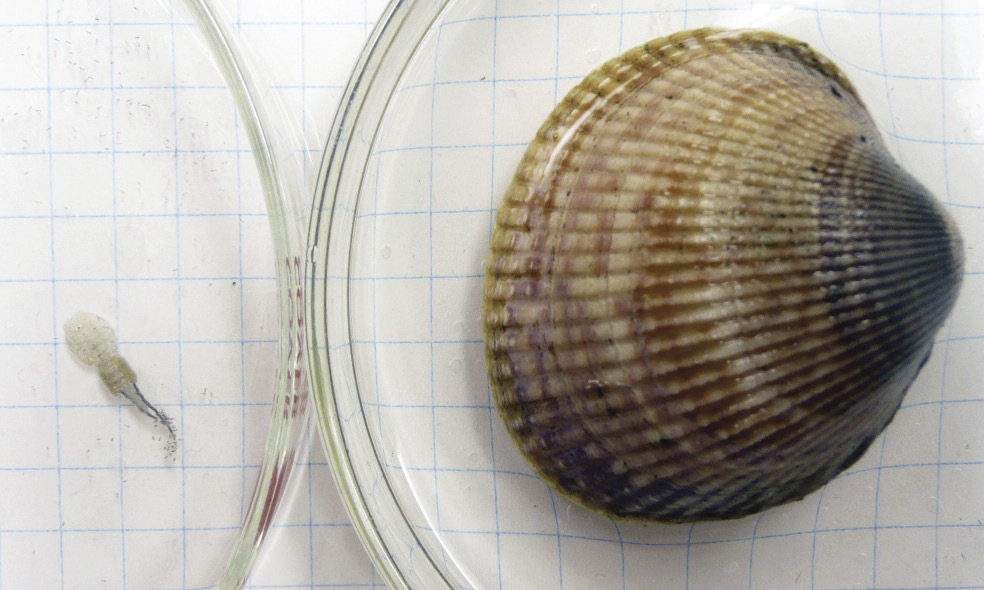
Quantifying the capture and conversion efficiencies of species being considered for organic extraction in open-water IMTA systems
This project evaluates the potential for several species of invertebrates to act as extractive species for IMTA on both the east coast and the west coast of Canada and determines the digestibility coefficients of Sablefish (Anoplopoma fimbria). In British Columbia (BC), a number of marine invertebrate species are candidates for use in open-water IMTA with Sablefish. These include both filter-feeding bivalves (e.g., cockles and mussels), which would consume the finer suspended particulates from the finfish culture component, and deposit/detrital feeders (e.g., sea cucumbers, sea urchins, and prawns), which would feed on the heavier-settleable solids. The following candidate species were tested for their ability to consume Sablefish faeces and uneaten Sablefish feed in laboratory feeding trials: Green Sea Urchin (Strongylocentrotus droebachiensis), Basket Cockle (Clinocardium nuttallii), Blue Mussel (Mytilus edulis), Spot Prawn (Pandalus platyceros), and California Sea Cucumber (Parastichopus californicus). In New Brunswick, the Orange-footed Sea Cucumber (Cucumaria frondosa) was assessed for its ability to absorb waste food and faeces at Atlantic Salmon (Salmo salar) IMTA sites. All six species tested could successfully extract organic material from aquaculture wastes and information on the characteristics of the faeces egested by the candidate species will provide information on bio-deposition rates and input data for models predicting the environmental impact of IMTA. Digestibility coefficients in Sablefish were found to be greater when the fish were reared at warmer temperatures and fed more frequently.
jan. 2010 – dec. 2014
project lead: Bruce MacDonald (UNBSJ)
Project team: Stephen Cross (UVic); Chris Pearce, Dan Curtis (DFO – PBS); Shawn Robinson (DFO – SABS); Gregor Reid (UNBSJ, DFO – SABS); Helen Gurney-Smith (VIU – CSR); Shannon Balfry (UBC – Vancouver Aquarium); Emily Nelson, Kurt Simmons (UNBSJ); Lindsay Orr (UVic); Steven Pace (UBC)
Contact: bmacdon@unb.ca
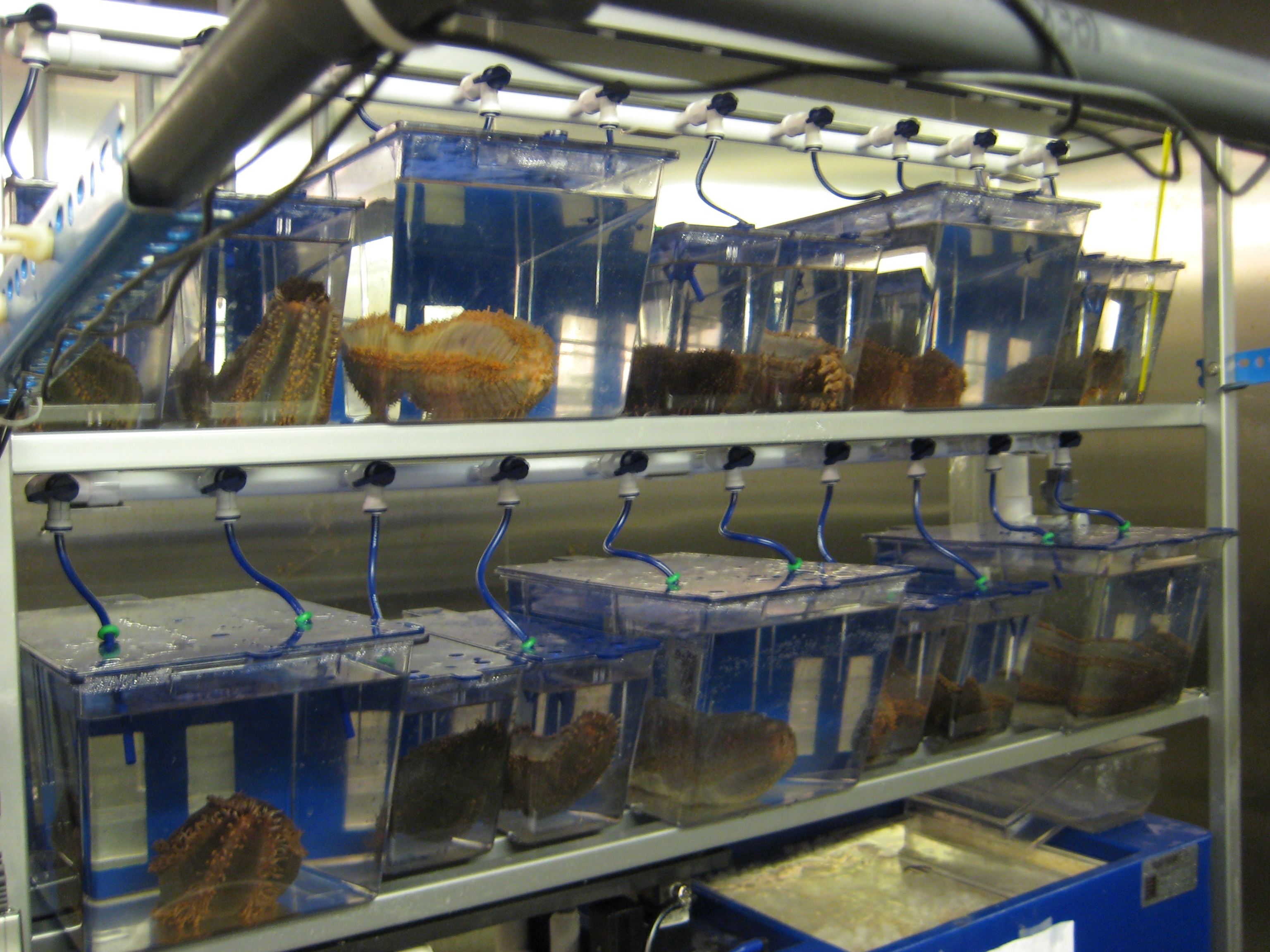
A variation on the IMTA theme for land-based, freshwater aquaculture operations: the development of freshwater IMTA for salmon and aquatic plants
The IMTA concept is not confined to open-water, marine systems using finfish for the fed component and seaweeds and invertebrates for the extractive components. It has to be conceived as an extremely flexible concept: a central/overarching theme on which many variations can be developed. Its principles can also be applied to land-based, closed-containment and freshwater systems (sometimes called aquaponics). So far, we have been working on developing IMTA for the seawater grow-out phase of Atlantic Salmon (Salmo salar) aquaculture. However, if salmon spend between 1.5 to 2 years in seawater pens, it is after they have spent between 9 and 18 months in freshwater hatcheries. Freshwater IMTA (FIMTA) is the combination of animal aquaculture with plant hydroponic cultivation. In such systems, effluents become nutrients for the plants instead of potentially accumulating or being released downstream from the operation. From an environmental perspective, it is the same strategy of recapturing lost nutrients and energy and converting them into biomass of commercial value. Of course, the extractive species and infrastructures will be different from what we have developed so far at open-seawater sites. From an economic and marketing perspective, it will also be most interesting to develop an overall system where salmon will be IMTA-produced from the egg to the plate, as this will help considerably in the certification scheme and in obtaining premium prices. We are presently investigating the potential for developing FIMTA systems for the Atlantic Salmon hatcheries operated in NB by Cooke Aquaculture Inc. Both flow-through and recirculating facilities are being assessed to design the most appropriate FIMTA systems, based on water quality and flow, nutrient concentrations and bioavailability, temperature, light, space availability, plant candidates, and economic viability.
sept. 2012 – dec. 2014
project lead: Thierry Chopin (UNBSJ)
Project team: Hamid Khoda Bakhsh, Stacy Murray (UNBSJ)
Contact: tchopin@unbsj.ca
Extensive versus intensive IMTA systems — hydrographic influences and the implications to infrastructure design and operational efficiency
This project is examining flow patterns in relation to farm infrastructure by observing localized tidal influences, effects of wind and impacts of the farm structure itself. To address this, circulation modelling in Kyuquot Sound is being developed focusing on: 1) a simulation for the period of February 22 to March 11, 2011 that included a major winter storm and; 2) an analysis of tidal behaviour and dissipation throughout the Sound. Together they have provided a better understanding of far-field influences on the infrastructure at the IMTA site. Wind and river discharge forcing fields are presently being assembled in the model since in situ data from a weather station started to be acquired. On the east coast, preliminary results of the effects of salmon cages and mussel socks on flow fields are showing some evidence of damping effect. From these results, a protocol identifying what and where to measure in relation to the mussel polar circle raft outflow has been developed. Further, data from dye dispersal experiments have identified a high degree of site specific variability of near and far field dispersal patterns.
jan. 2010 – dec. 2014
project lead: Gregor Reid (UNBSJ/DFO – SABS)
Project team: Fred Page (DFO – SABS); Mike Foreman (DFO – IOS); Stephen Cross, Di Wan (UVic)
Contact: Gregor.Reid@dfo-mpo.gc.ca
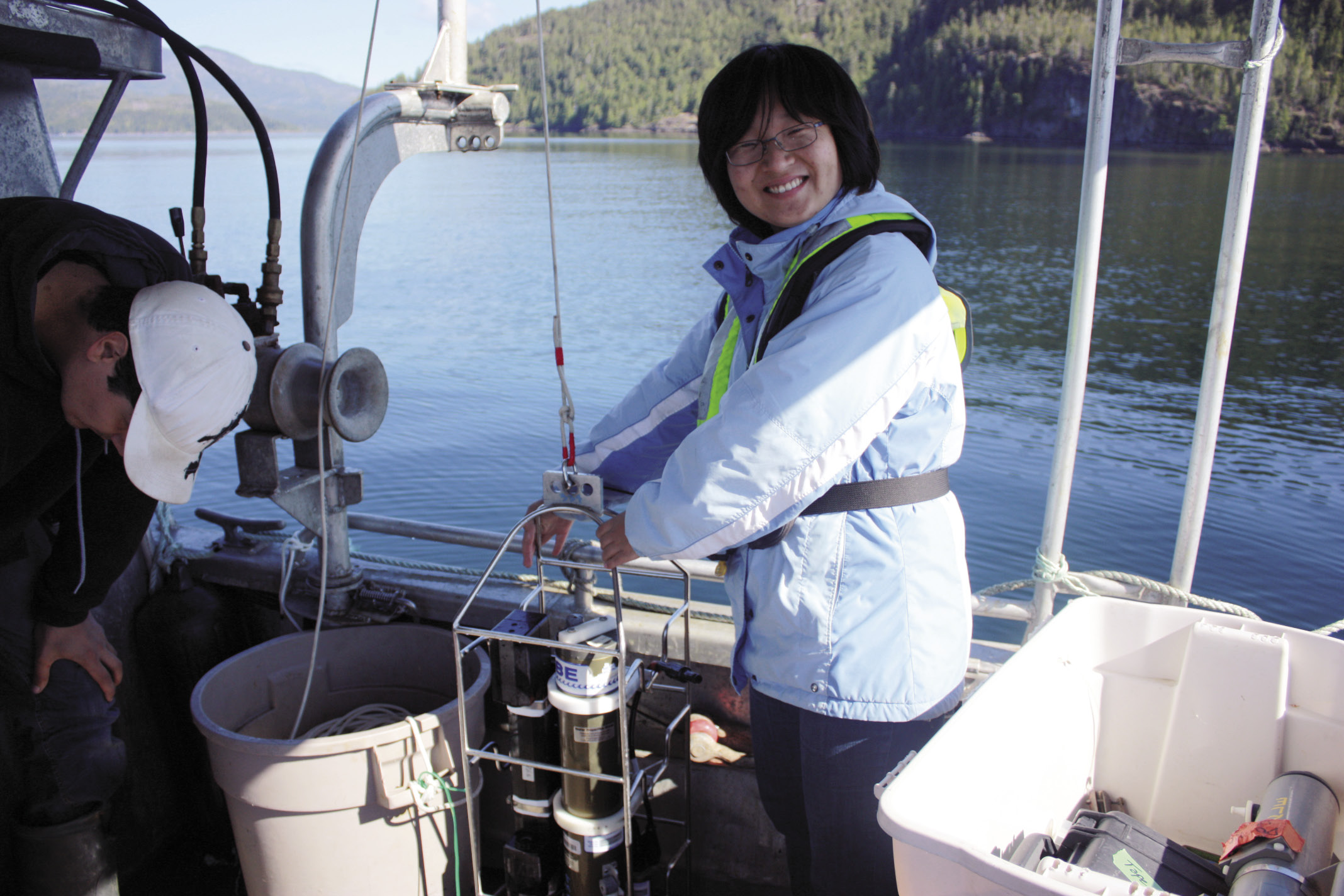
Quantifying temporal and spatial patterns of nutrient and organic particle plumes in IMTA systems — the basis for system design
On the west coast, this project is tracking the particulate plume dispersing from the fish cages at the Kyuquot SEAfoods Ltd. IMTA site with optical instrumentation and in situ biophysical data. Results are showing in-cage versus out-cage differences in particulate concentrations and in-cage increases in particulates with time after feeding. Similar optical work is underway in NB to understand the timing, magnitude, spatial extent and dispersion of particulate and dissolved nutrients. Detailed current speeds and headings are measured over different tidal cycles within mussel polar circle rafts to help determine the frequency of particle delivery from Atlantic Salmon cages and how current velocities around Blue Mussel socks, at different locations within the polar circle rafts, may affect particle clearance and particle depletion rates of co-cultured shellfish. For both coasts, hydrographic and biophysical data are being integrated into site specific models that will serve as tools for predicting organic and inorganic waste dispersion, selecting and designing efficient IMTA sites, and locating appropriately the extractive components of IMTA systems so that they can intercept the plumes. The project is further evaluating the use of the kelp Saccharina latissima as an in situ bioassay to delimit the inorganic nutrient plume associated with the Sablefish fed component.
jan. 2010 – dec. 2014
project lead: Maycira Costa (UVic)
Project team: Stephen Cross, Emrys Prussin, Justin Del Bel Belluz (UVic); Thierry Chopin (UNBSJ); Gregor Reid (UNBSJ, DFO – SABS); Fred Page (DFO – SABS); Peter Cranford (DFO – BIO); Jon Grant, Lindsay Brager, Ramón Filguiera (Dalhousie U.)
Contact: maycira@office.geog.uvic.ca
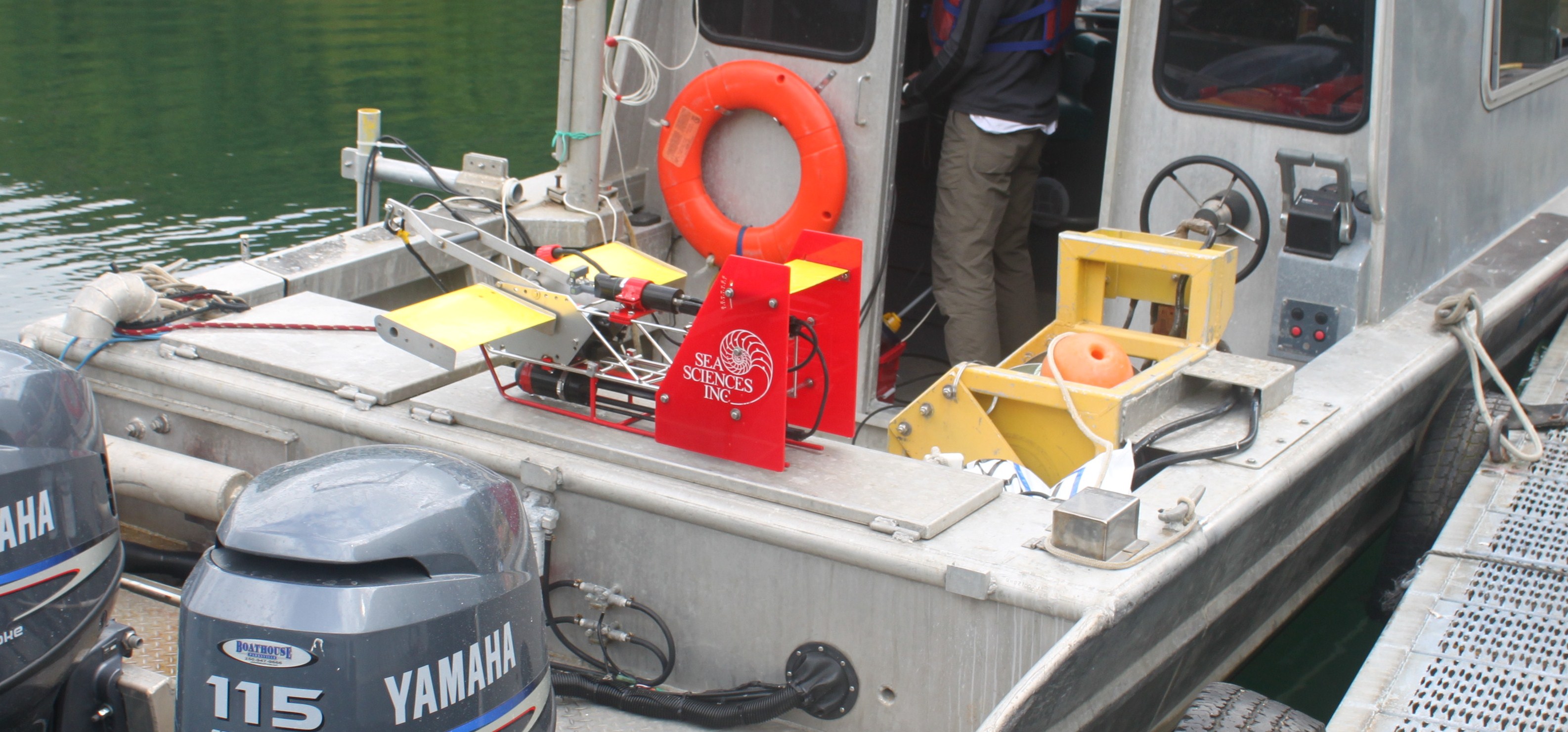
Design and pilot-scale testing of new infrastructure components, including integration of energy alternatives to increase operational efficiencies
This project aims to investigate the potential for incorporation of renewable energy technologies into IMTA sites. The project is focused on the Kyuquot SEAfoods Ltd. (KSL) west coast IMTA site as a test location for the modelling, installation and testing of a renewable energy system. Model of the loads and measurements of the various renewable energy resources at the site were assembled, and the optimal energy system was determined to consist of a photovoltaic (PV) solar array with battery storage and a small diesel generator backup. The original system was to only power the winches on a moveable tram shellfish husbandry system, but recent analysis and consultation with KSL has expanded the system design to include motive power for the tram which is currently diesel operated. Final design work for a 'power trailer' to supply the full loads of the tram is ongoing, and when installed will include an array of sensors and equipment to monitor the performance of the PV-battery bank-genset system. The aim is to validate the system models while at the same time developing a modular and scalable renewable energy system for other IMTA sites.
jan. 2010 – dec. 2014
project lead: Curran Crawford (UVic)
Project team: Stephen Cross, Eric Hoevenaars,
Adam Gray (UVic); Thierry Chopin (UNBSJ)
Contact: curranc@uvic.ca
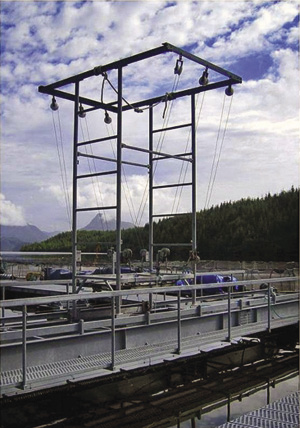
Social implications of IMTA
Many coastal First Nations communities in BC are highly dependent on fisheries for their livelihoods. In response to declining wild stocks, some communities have engaged in fisheries enhancement programmes while others have developed commercial aquaculture businesses. The development of aquaculture, particularly finfish, within First Nations traditional territories, however, has become increasingly controversial. While some believe aquaculture can contribute to community social and economic development, others view it as a threat to traditional ways of life. The purpose of one of our projects is to improve our understanding of the concerns that different First Nations communities have with the development of shellfish and finfish aquaculture within their traditional territories, and to assess the role that IMTA could play in alleviating them. Another project is looking at the implications of the emergence of IMTA on the resilience and well-being of coastal community social-ecological systems. This project stems from the observation that IMTA initiatives will not arise in a vacuum and that any movement towards IMTA will involve an evolution from and/or an articulation with the existing industry. Moreover, the 'social acceptance' of any emerging aquaculture industry in BC will be a central issue. Accordingly, this inquiry explores the costs/benefits of the shellfish aquaculture industry for individuals living in Baynes Sound communities, and how those costs and benefits are distributed. Preliminary findings center on jobs provided, ecological impacts, noise and 'viewscape' pollution, alienation of other ocean uses, and a perceived lack of transparency in decision-making. The development of a sustainable IMTA industry will also require the development of effective governance structures. Accordingly, a third project is looking at the role of science, litigation, and public opinion in the contestation and negotiation of aquaculture governance in Canada, with particular emphasis on the implications for IMTA and industry legitimization.
jan. 2010 – dec. 2014
project lead: Mark Flaherty (UVic)
Project team: Grant Murray, Linda D'Anna (VIU);
Anna Belanger, Katie Tebbutt, Erin Latham (UVic)
Contact: flaherty@mail.geog.uvic.ca
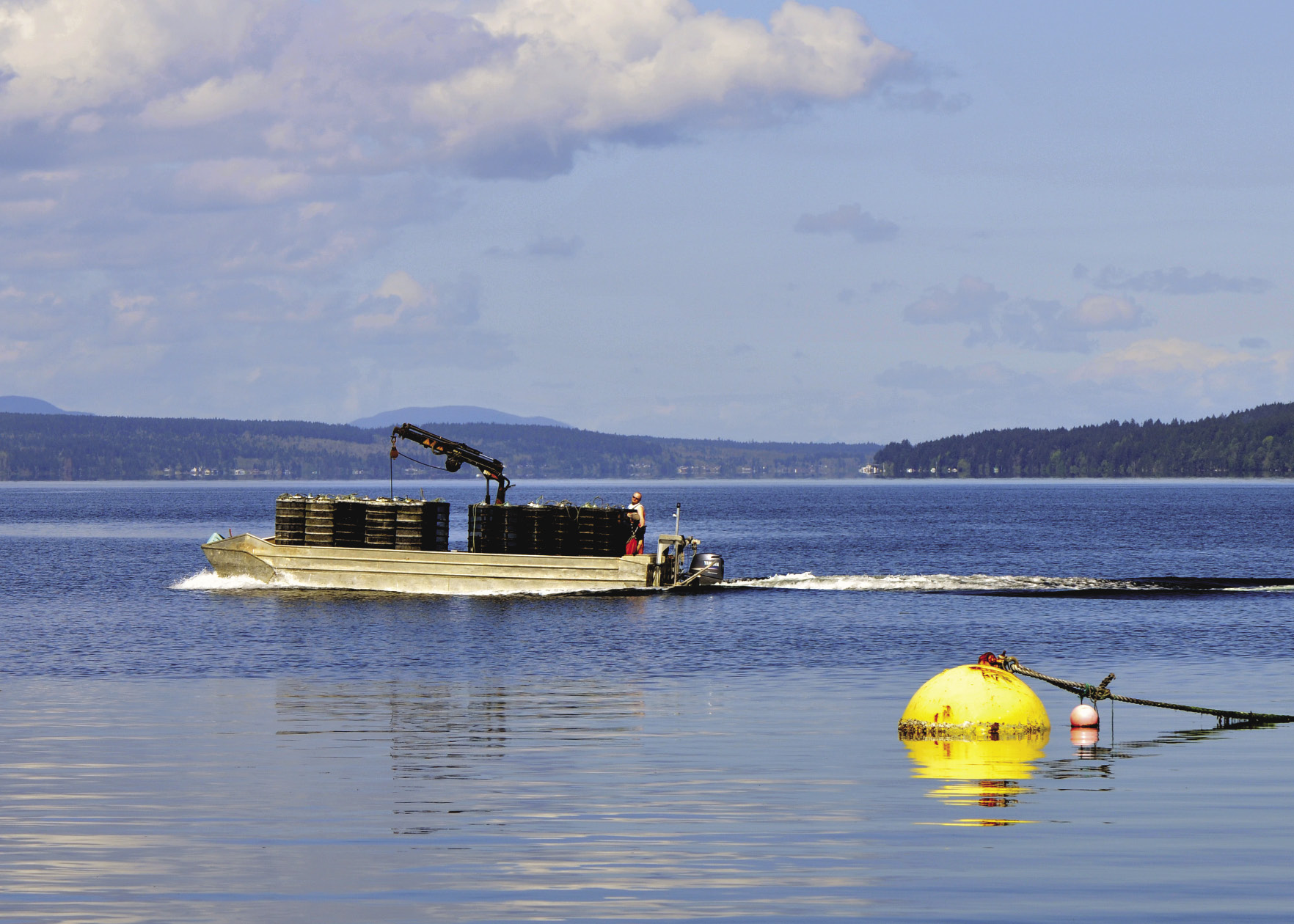
Use of Blue Mussels as a biological means to reduce the horizontal transmission of Loma salmonae (agent of microsporidial gill disease of salmon)
In an effort to better understand and predict the interactions of disease causing agents within an IMTA setting, we have developed a laboratory based model system to study the fate of a microsporidian fish pathogen (Loma salmonae) within extractive shellfish species. Loma salmonae, which transmits between fish via an environmentally resistant spore, has been shown to be taken up by Blue Mussels (Mytilus edulis) where the spore can remain viable for at least three weeks. On the one hand, this suggests that mussels may serve a role in bioremediation, but it also cautions that shellfish may act as a reservoir for fish pathogens. Work is underway to more fully understand the dynamics of uptake, persistence, degradation, and the role of environmental variables, of this spore-producing pathogen within Blue Mussels. Results from these studies will provide aquaculturists with the necessary data to make the best choices regarding harvest times of different resources within an IMTA setting.
jan. 2010 – dec. 2014
project lead: David Speare (UPEI – AVC)
Project team: Jan Lovy, Nicole Guselle, Sarah McConnachie (UPEI – AVC)
Contact: speare@upei.ca
Cultivation of complementary inorganic extractive species for increased system performance
The inorganic extractive component of the IMTA system on the east coast has been the two kelps Saccharina latissima and Alaria esculenta since 2001. On the west coast, Saccharina latissima has been cultivated since 2007. These seaweeds are cultivated first in the laboratory, from September to November, and then at the sites from November to June/July. They need to be harvested in late spring/early summer before the erosion of the blades, and their fouling, compromise the harvest and quality of the derived products. The project is now investigating two new candidate species, Palmaria palmata (Dulse) on the east coast and Ulva sp. (Sea Lettuce) on the west coast, whose cycles and characteristics allow growth of the macroscopic stages during the summer to provide biomitigative biomass during that time of the year and, consequently, an overall increase of the inorganic biomitigative capacity of the IMTA systems. On the east coast, results accumulated so far have provided significant information on the biology of P. palmata, especially during fall and winter when very little information is available on this species. The optimal culture conditions and methods for the different stages of the life cycle are now being defined. Research is also underway to explore the use of seaweeds for partial substitution in fish feed formulations as alternate protein sources to fishmeal and land plant proteins. On the west coast, the potential of integrating Ulva sp. cultivation into the system design is underway to determine the level of production that could be generated within the infrastructure configuration, and the potential value of this seaweed as a feed additive to fish feeds.
jan. 2010 – dec. 2014
project lead: Thierry Chopin (UNBSJ)
Project team: Constanza Chianale, Ellen Belyea (UNBSJ); Stephen Cross, Nick Sherrington (UVic)
Contact: tchopin@unbsj.ca
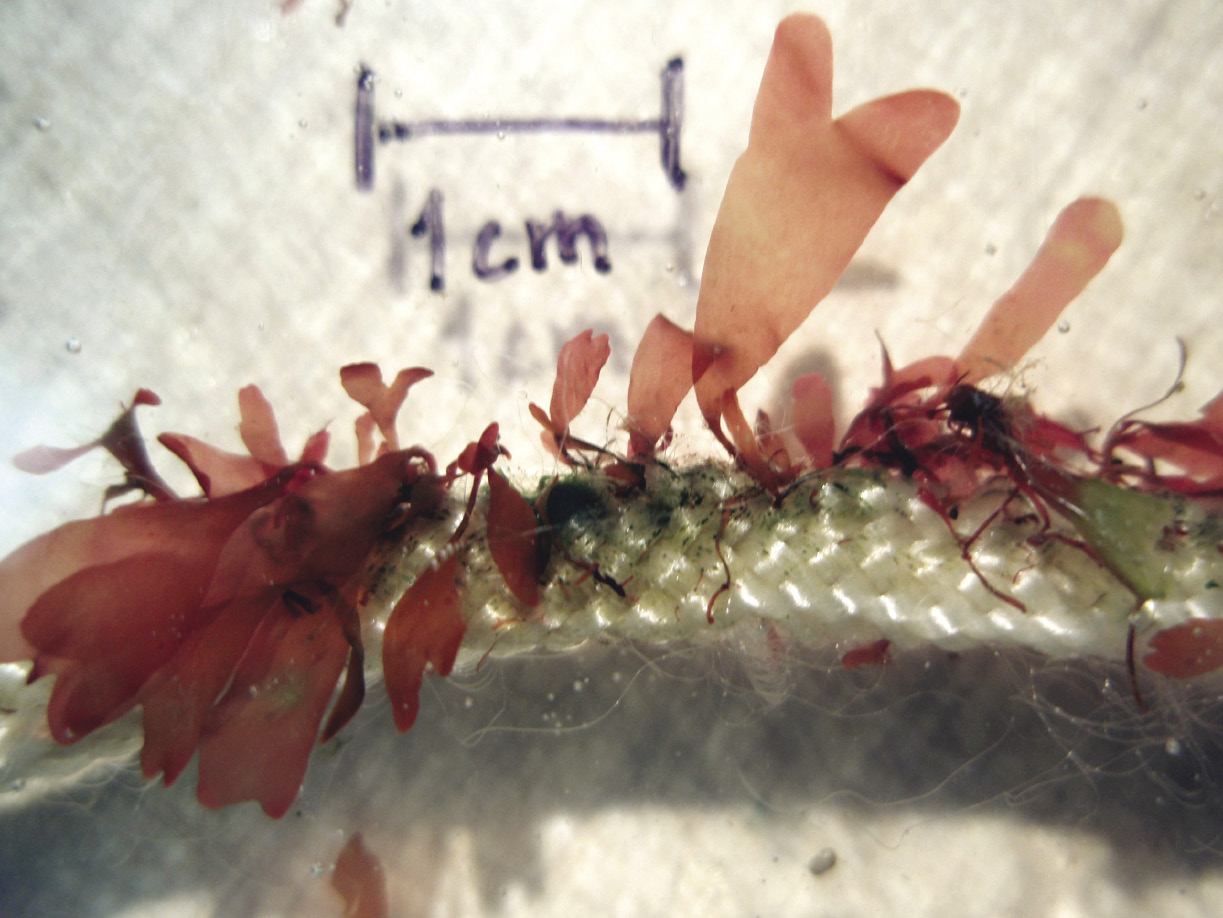
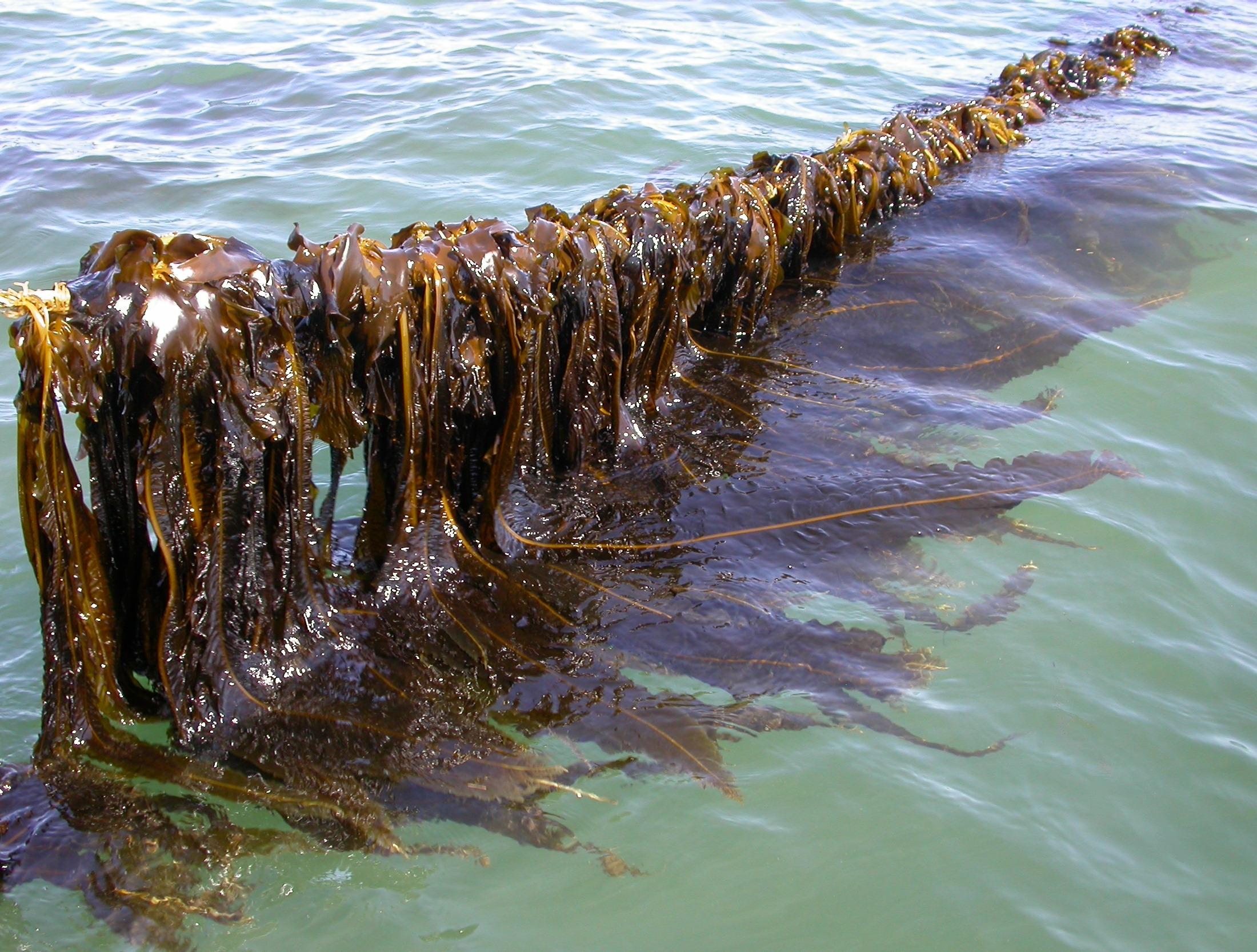
Presence, effect of and bioaccumulation of therapeutants in polychaetes
Nereis virens, an annelid worm, is being considered as a co-extractive species in IMTA. Our research question relates to the potential for this species to be affected by pesticides and drugs used to treat Atlantic Salmon (Salmo salar) against infestations of sea lice. The drug emamectin benzoate (EB), while not lethal to N. virens at environmentally relevant concentrations, has been shown to affect burrowing behaviour and to reduce worm growth at those concentrations. These results suggest that the use of EB may negatively affect worms and limit their potential to be grown in IMTA situations. Testing is underway to determine how the pesticide, deltamethrin, affects N. virens.
jan. 2010 – dec. 2014
project lead: Les Burridge (DFO – SABS)
Project team: Karen Kidd, Thierry Chopin, Geoff McBriarty (UNBSJ); Gregor Reid (UNBSJ/DFO – SABS); Shawn Robinson, Jordana Van Geest (DFO – SABS)
Contact: les.burridge@dfo-mpo.gc.ca
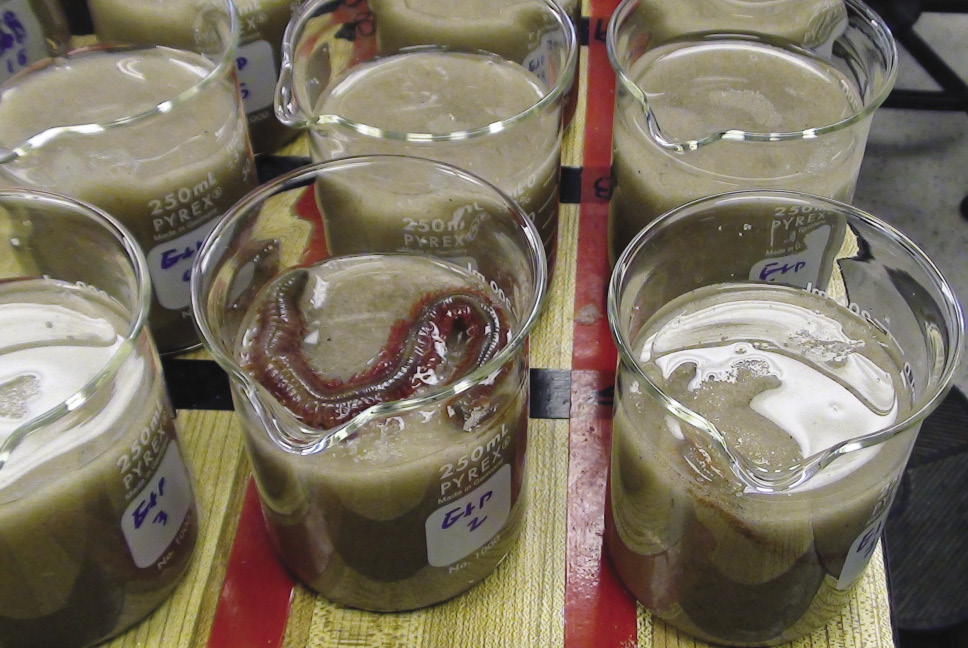
Economic and financial modelling of IMTA
In 2012, this project completed one study and began two others. The former study investigated the willingness-to-pay for IMTA versus closed containment aquaculture (CCA) salmon in the USA Pacific Northwest. Results of a discrete choice experiment (DCE), combined with a latent class analysis (LCA), revealed a willingness-to-pay a price premium of 9.8% and 3.9% for IMTA and CCA, respectively. It was also revealed that 44.3% and 16.3% of the respondents preferred the adoption of IMTA and CCA to conventional salmon farming, respectively. A closer look at the LCA results identified price premiums for three distinct classes that ranged from 3.5% to 41.6% for IMTA, over conventionally produced Atlantic Salmon, while CCA enjoyed only modest price premiums. The new studies will implement a valuation study to value the ecosystem benefits of IMTA and evaluate nutrient credits as an incentive for the adoption of IMTA.
jan. 2010 – dec. 2014
project lead: Duncan Knowler (SFU)
Project team: Winnie Yip, Kim Irwin,
Stephen Crampton (SFU)
Contact: djk@sfu.ca

Evaluating the performance of proposed and existing IMTA sites using an ecosystem modelling approach
This project recently began as a result of last year's CIMTAN technical workshop entitled "Spatial Modelling of Integrated Multi-Trophic Aquaculture Shellfish". While modelling efforts were progressing with the inorganic extractive component (e.g., kelps) and deposit feeders (e.g., sea urchins), it became clear that typical mass balance modelling techniques could not adequately capture system dynamics of co-cultured shellfish, on combined diets of natural and fish farm particulates, under the high temporal and spatial resolutions necessary to describe an IMTA system. Consequently, modifications to the Finite Volume Community Ocean Model (FVCOM) used by DFO are presently underway to enable operation at resolutions of 10 m while including fish cages as porous structures. In order to create an ecosystem model of an IMTA site and surrounding waters, FVCOM is being coupled to a shellfish scope for growth model, an algal sub-model and a fish sub-model. This approach will enable comparisons of shellfish produced in an IMTA system to production in a monoculture system, as a means to describe growth, nutrient abatement potential and facilitate management decisions.
Sept. 2012 – dec. 2014
project lead: Jon Grant (Dalhousie U.)
Project team: Gregor Reid (UNBSJ/DFO – SABS);
Ramón Filgueira (Dalhousie U.)
Contact: jon.grant@dal.ca
Optimizing IMTA species component stocking densities and infrastructure orientation to maximize overall system efficiency
Understanding the dynamics of the flow of energy within an IMTA farm site will be important in helping practitioners design the systems of the future. Initially, IMTA developed independently on each coast, with integrated aquaculture systems being developed through modifications of existing infrastructures used for the culture of salmon within these regions. Although each regional development has examined the potential of IMTA on differing primary infrastructures (cage system configurations), the position of the various extractive species within the water column are similar and, in fact, dictated not by a desired husbandry-related need, but rather by their inherent and individual biological/ecological requirements (i.e., food availability, light, salinity, temperature, dissolved oxygen levels, water flows, wave exposure, etc.). The objectives of this project are to assess the characteristics of IMTA sites in BC and in NB, based on the existing studies to-date, and to determine what the potential future configurations might be through a combination of empirical studies and modelling. This project was designed to start later in the CIMTAN research cycle and is just now being initiated.
jan. 2013 – dec. 2014
project lead: Shawn Robinson (DFO – SABS)
Project team: Stephen Cross (UVic); Chris Pearce (DFO – PBS); Thierry Chopin (UNBSJ)
Contact: Shawn.Robinson@dfo-mpo.gc.ca
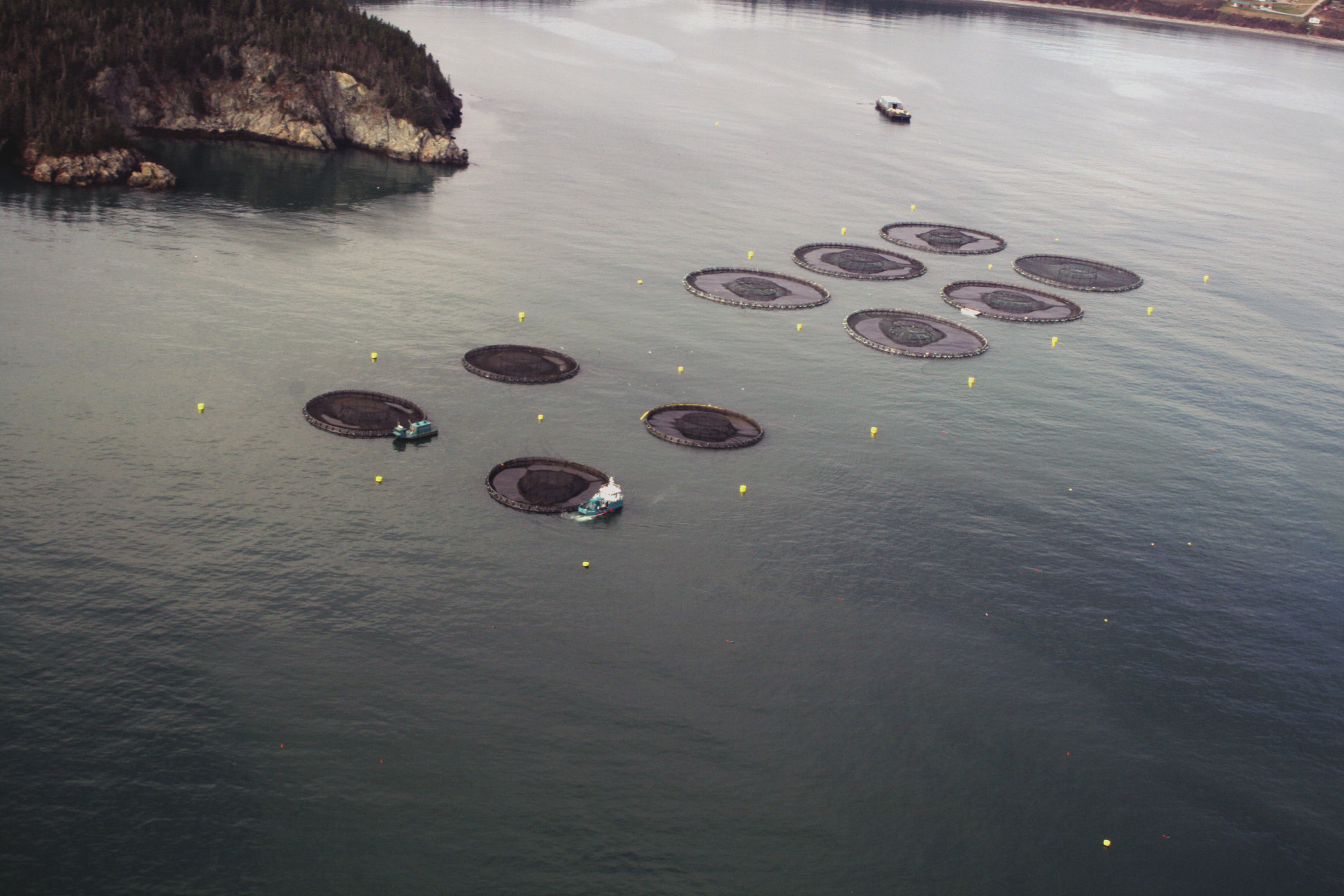
Quantifying energy and nutrient dispersal and scales of influence on wild species from open-water IMTA sites
New monitoring techniques need to be developed to quantify nutrient availability and dispersal from open-water IMTA sites in wild species. New work includes developing robust procedures (biocolonisation rates of PVC biocollecting plates and RNA/DNA ratio) to quantify correlations between biomass accumulation and instantaneous growth rates for colonising species such as the Vase Tunicate (Ciona intestinalis) and their proximity to fed aquaculture sites in the field and measured levels of feed exposure in the laboratory. In addition, we are investigating the possibility of using the variations in colour characteristics (chroma, hue and lightness measured with a colour spectrometer) in three seaweeds (the green alga Ulva lactuca, the red algae Palmaria palmata and Porphyra purpurea) as a faster and cheaper proxy for algal tissue nitrogen content determination to replace tedious and expensive chemical elemental analyses. These new methods will provide tools for CIMTAN to investigate further performance of IMTA with respect to nutrient recycling in the environment.
jan. 2010 – dec. 2014
project lead: Andrew Cooper (DFO – SABS)
Project team: Thierry Chopin, Jonathan Day (UNBSJ); Shawn Robinson, Fred Page, Les Burridge (DFO – SABS)
Contact: Andrew.Cooper@dfo-mpo.gc.ca
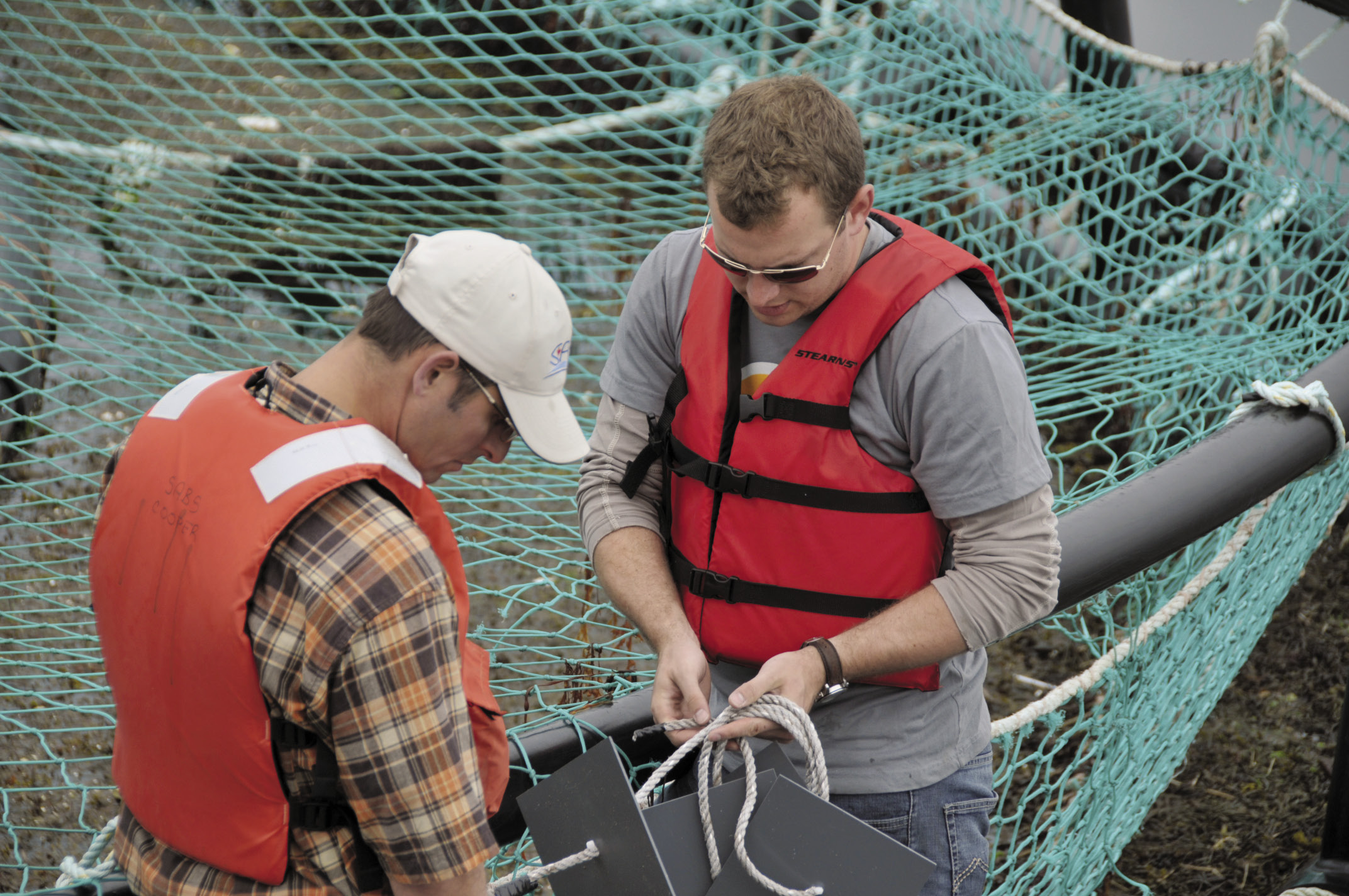
The role of microbes in the nutrient recycling of organic material from IMTA sites
This project is documenting the abundance of microbes in and around aquaculture sites, identifying the species mix present and measuring their metabolic activity on organic carbon for incorporation into the energy flow models of the IMTA sites. The work is occurring on IMTA sites in both the Bay of Fundy in NB and Kyuquot Sound in BC. Epifluorescent microscopic techniques using DNA stains are being used for enumeration; Denaturing Gradient Gel Electrophoresis (DGGE) is used for identification; and oxygen optode technology is used to measure oxygen uptake. The first phase of the research was to study the microbial populations in the water column. Results indicate that for respiration rates, organism counts, and species composition, there is more variation with depth than there is in horizontal distance from the site suggesting that the tidal mixing may be important in determining microbial densities around farms. The sampling will be continued over different seasons.
jan. 2010 – dec. 2014
project lead: Shawn Robinson (DFO – SABS)
Project team: Ben Forward (NBRPC); Thierry Chopin, Brent Ellis, David Thumbi (UNBSJ); Terralynn Lander (DFO – SABS)
Contact: Shawn.Robinson@dfo-mpo.gc.ca
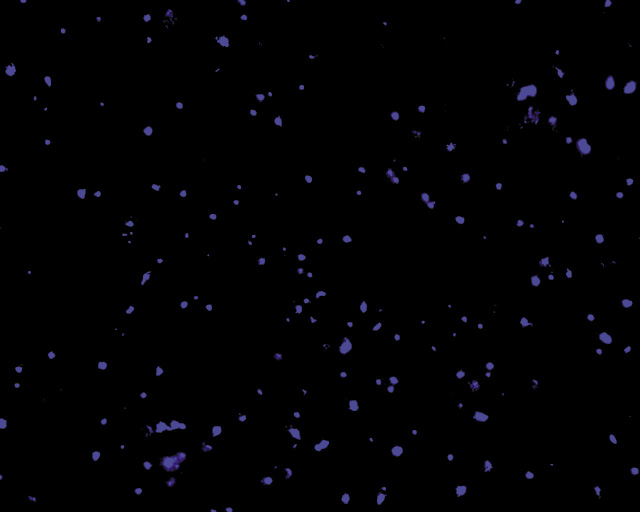
Mathematical modelling for open-water IMTA – Developing tools to support system design and measures of sustainability
Developing IMTA practices aim to reduce the load of soluble inorganic (e.g., ammonia and phosphate) and solid organic nutrients (e.g., faeces and waste feed), while providing additional 'crops' for diversification. Quantifying the transfer and sequestration potential of nutrients in open-water IMTA is important for metrics of sustainability and bioeconomic decisions. This project investigates the efficiencies of species groups that sequester soluble inorganic nutrients (e.g., seaweeds), ingest organic particulates (e.g., shellfish) and those that ingest the larger organic material that can settle (e.g., deposit feeders). The way these groups interact with each other, as part of a complete system, and with the external environment, is presently being modelled. One example of the work currently under way is the investigation of the Green Sea Urchin (Strongylocentrotus droebachiensis) as a representative deposit feeder in IMTA systems. Sea urchin scope for growth on diets of kelp (Saccharina latissima; a natural food source), salmon feed and salmon faeces are being modelled with the results compared to actual growth. Respiration, excretion and absorption efficiencies are being measured for model inputs. Understanding the metabolic response and growth of the Green Sea Urchin on diets of salmon culture organics will guide future use of this species in IMTA systems to help reduce the amount of organic carbon reaching the benthos while providing additional potential for market diversification. Data from this and several other CIMTAN projects are used to supply IMTA model inputs. Some of these modelling efforts recently supported a Fisheries and Oceans Canada Canadian Science Advisory Secretariat peer-review on the organic extractive component of IMTA in the Bay of Fundy. Ultimately, project results will help us understand the system performance of open-water IMTA from a physical, biological and economic perspective, to assist with informed decision making at the farm and ecosystem management level.
jan. 2010 – dec. 2014
project lead: Gregor K. Reid (UNBSJ/DFO – SABS)
Project team: Bruce MacDonald, Thierry Chopin (UNBSJ); Tillmann Benfey, Nicole Leavitt (UNBF); Peter Cranford (DFO – BIO); Shawn Robinson (DFO – SABS); Margaret Quinton (U. Guelph)
Contact: Gregor.Reid@dfo-mpo.gc.ca
- Date modified: